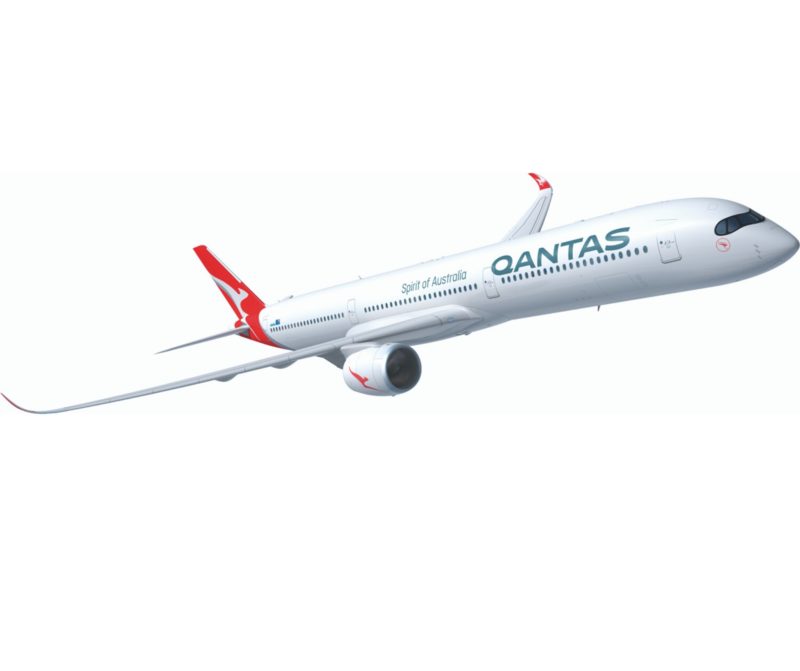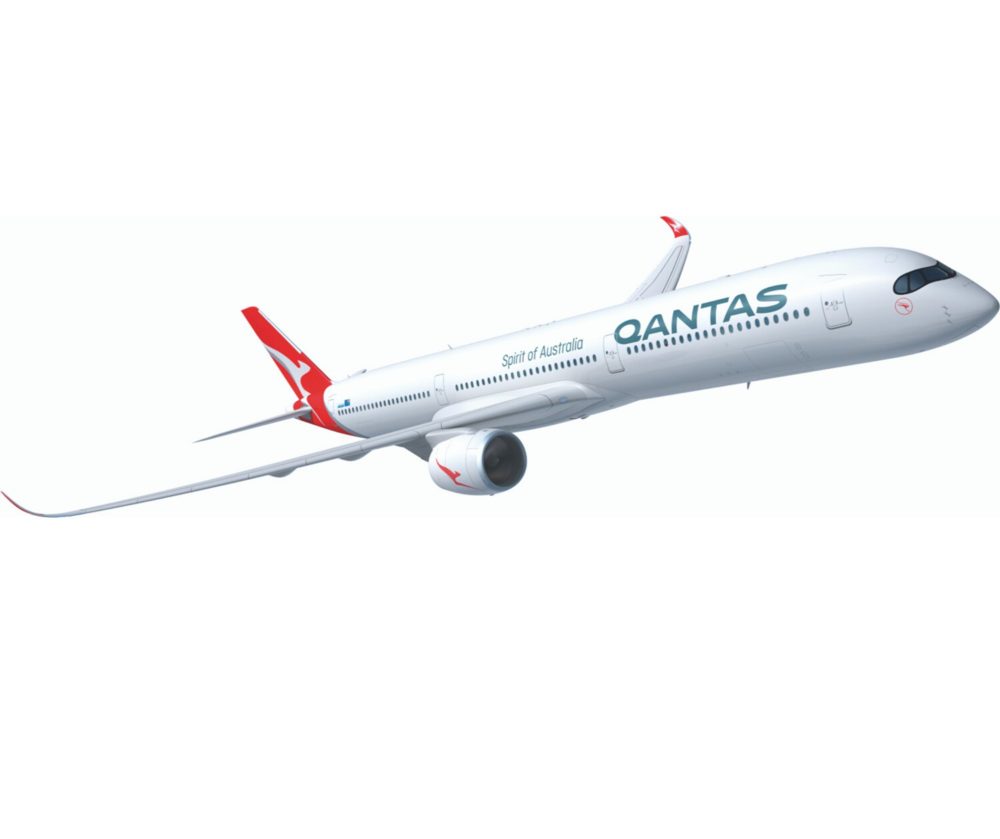After a detailed evaluation of aircraft offered by both Airbus and Boeing, Qantas has selected the Airbus A350-1000 for their Project Sunrise; to operate on their ultra-long-range flights to London and New York from Sydney and Melbourne.
Although no formal order has been placed, Qantas is working with Airbus to compile contractual plans for up to 12 aircraft powered by the Rolls-Royce Trent XWB engine. Qantas notes in their press release that the Trent XWB has been proven highly reliable in service – a potential leverage over the Boeing 777 and its engines which have yet to fly for testing.
Airbus has agreed to extend the deadline to confirm delivery slots from February 2020 to March 2020. This allows Qantas to organise and negotiate industrial agreements with their staff, ahead of the planned start date of Project Sunrise flights in the first half of calendar 2023.
“The A350 is a fantastic aircraft and the deal on the table with Airbus gives us the best possible combination of commercial terms, fuel efficiency, operating cost and customer experience.”
Alan Joyce, Chief Executive Officer of Qantas Group
Details of the aircraft remain limited at this time, however Qantas says that Airbus will add an additional fuel tank, slightly increasing the maximum takeoff weight, to deliver the performance required for the long-range flights.

As a result of the A350-1000s proven service record, and the significant amount of next-gen technology, Qantas not only has an aircraft that can perform ultra-long-range flights, but also one that can be tailored for other large-capacity routes, such as to Asia.
“Can I thank both Airbus and Boeing for the tremendous effort they have put into Project Sunrise. It was a tough choice between two very capable aircraft, made even harder by innovation from both manufacturers to improve on what they had already spent years designing.”
Alan Joyce, Chief Executive Officer of Qantas Group
The announcement that the A350-1000 has been selected comes shortly after Qantas rejected offers from Airbus and Boeing, telling them to head back to the office to sharpen their deals.
Until the order is finalised, financial details won’t be available; even then, the complete agreement with discounts is likely to remain undisclosed.
Qantas will now continue to work on regulatory approval and pilot negotiations, to secure the business case for Project Sunrise.
The last of the three research flights will be conducted on the 17th of December, this will bring the Project Sunrise flying experience up to 60 hours.
All the data collected from these flights will be used as part of final discussions with the Civil Aviation Safety Authority (CASA) to approve an extension to current operating limits required for flights. Qantas has already provided the CASA with fatigue management data, the CASA has provisionally advised that it sees no regulatory obstacles to the Sunrise Flights.
For pilots, industrial negotiations are ongoing and are noted by Qantas to be the last remaining gap in the business case. Qantas has offered the pilots a number of suggestions on how to close the gap, whilst still offering a three percent annual pay increase and promotional opportunities.
Discussions are currently centred on productivity and efficiency gains, including the ability to use the same pilots across Qantas’ Airbus A330 fleet and their upcoming (if finalised) A350-1000s.
The decision to choose the A350-1000 closes a lengthy chapter of aircraft negotiations, offers that remained silent but “too good to refuse” and media doubt.
Qantas will now be gearing up to launch the final frontier of aviation, if approved by the board, with the aircraft selection already in place, it is likely this could happen during the first 3-4 months of 2020.
What are your thoughts on this decision?




